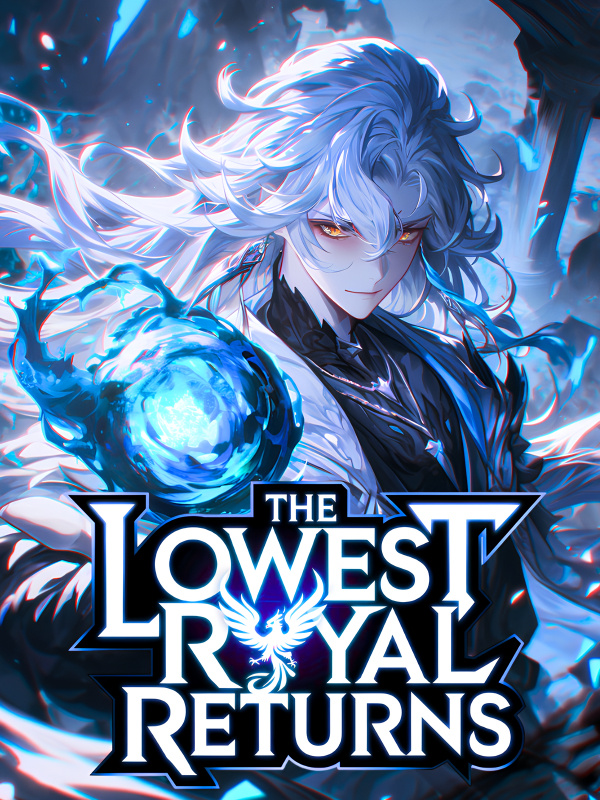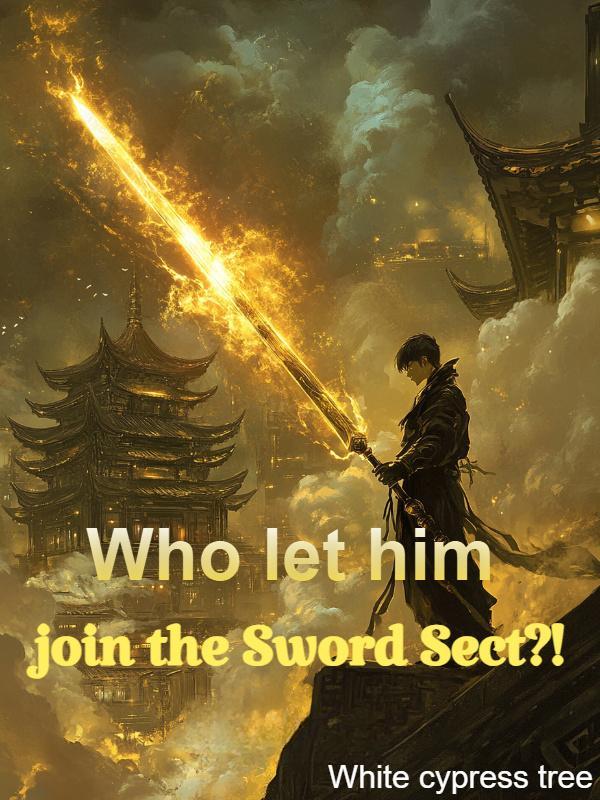©NovelBuddy
Endless Debt-Chapter 95: Release Remarks_2
Chapter 95: Release Remarks_2
I think what stands out most about this game, beyond its storyline or gameplay, is its art design.
The bizarre style of the Foundation and the superpower shooting—everyone must have played quite a bit of those, but such an intriguing, comprehensive architectural style, I’ve never experienced in a game before.
It integrates designs from many famous architects, such as Tadao Ando’s Church of Light and the waffle grid, though I won’t go listing dishes or mentioning those big names here.
The prototype of this game is based in reality: America’s Long Line Building, a concrete fortress without any windows standing tall in the city.
After reviewing the related art analysis, I relied on my instincts to describe it in easily understandable terms: vast, strange, cold gray, authoritative, concrete, and more concrete, darn it.
Just kidding, this stuff is pretty complex, and my understanding is rather superficial, so interested readers can delve into it themselves.
Oh, by the way, I had just finished watching "Dune" at that time, and I thought brutalism combined with fear of giant structures was absolutely brilliant. Eventually, the Order Bureau became a massive vertical slab in Opus, like the mythical Tower of Babel—just look up and you can see it, as if it’s a creation that doesn’t belong to mankind.
Come to think of it, it seems that my interior design courses didn’t cover this stuff.
Ultimately, I decided to describe the Order Bureau like this: a place where you feel imprisoned at work, supposedly the safest headquarters, yet you always suspect there’s a monster in the office next door.
Solemnity, oppression, power—exposed rebar beneath the ruins. I feel this extremely rational style combined with the extraordinary mysterious colors is quite appealing, with a strong sense of contradiction and fragmentation.
Aside from brutalism, what sparked my interest in architectural design was Ibuki Tatsuya’s "blame." In his manga, giant, cold buildings frequently appear, paired with reticent characters; oftentimes, reading his manga feels more like viewing a futuristic architectural design portfolio.
Secrets, secrets, and more secrets—a series of red crosses pinning the truth beneath the dust.
Those interested can learn about brutalism, a rare modern architectural style that revitalizes through mediums like games.
Personally, I love new ghost stories, eerie cores, threshold spaces, and the like—the weirder, the better, even bordering on "curiosity."
These things existing in the near modern period often make our cities feel unsafe, much like awful urban legends. You blurt out opinions about their truthfulness on forums, and then one day, while walking down the corridor, you find all the lights have gone out...
Oh, unlucky one, you seem to have stepped into it.
The once-safe city is no longer safe, or rather, we live alongside the bizarre, only we can’t see them most of the time.
Gathering all those elements, I set up a reputation system similar to urban legends in the game to further fill the city.
A city rife with all sorts of chaotic oddities, but luckily, you won’t die and still possess superpowers.
Yes, indeed, what I envisioned while writing this book is a city overrun with various anomalies and supernatural powers.
To put it in a way that’s easy to understand, it’s the daily routine of the mobile task force members.
With elements like ghost stories, there should be designs like sanity values, too, though I don’t want to crudely create a sanity gauge to represent the characters’ mental states.
When deciding to depict the city of Opus, I thought it better to start from the surrounding environment.
The Order Bureau is filled with absolutely rational geometric shapes, defined and fully ordered, but with rising access levels, people’s perception of the ’Cultivation Room’ changes—the absolute rational geometry begins to soften, straight lines disappear, and strange curves emerge, like the twisted fierce forms of monsters.
This is a new idea I conceived while writing the book: using rational geometric shapes to represent stable order, but when geometry begins to crumble and turns soft and twisted, it marks the onset of madness, indirectly showing the fluctuation of sanity values.
So, under normal circumstances, the Order Bureau is an absolute rational geometric structure, while the wandering crossroad is a distorted, winding group of buildings.
Nonetheless, Opus is ultimately a city of mortals; battles between superpower users cannot simply turn into city demolition, hence the design of the ’Void Realm,’ like multiple instances waiting for everyone to explore.
From the outside it appears to be a small house, but inside it’s actually a vast labyrinth. I find this spatial displacement fascinating, much like the Ancient House in ’Control’ or a Foundation project called ’Haunted IKEA Furniture City.’ This furniture city is absurdly large, trapping many people inside, forcing them to outwit IKEA employees. There’s another project I can’t quite recall—should be the ’Kowloon Walled City,’ and its description is similar to ’IKEA Home Furnishing City,’ where the interior space is twisted and absurdly large.
Readers familiar with Metroidvania games would know that once you’ve explored an area sufficiently, you often open a ’shortcut,’ linking areas together, much like finding a door in the ’Ruins District’ of the ’Cultivation Room’ leading to some strange places.
Foll𝑜w current novels on fre(e)w𝒆bnovel






